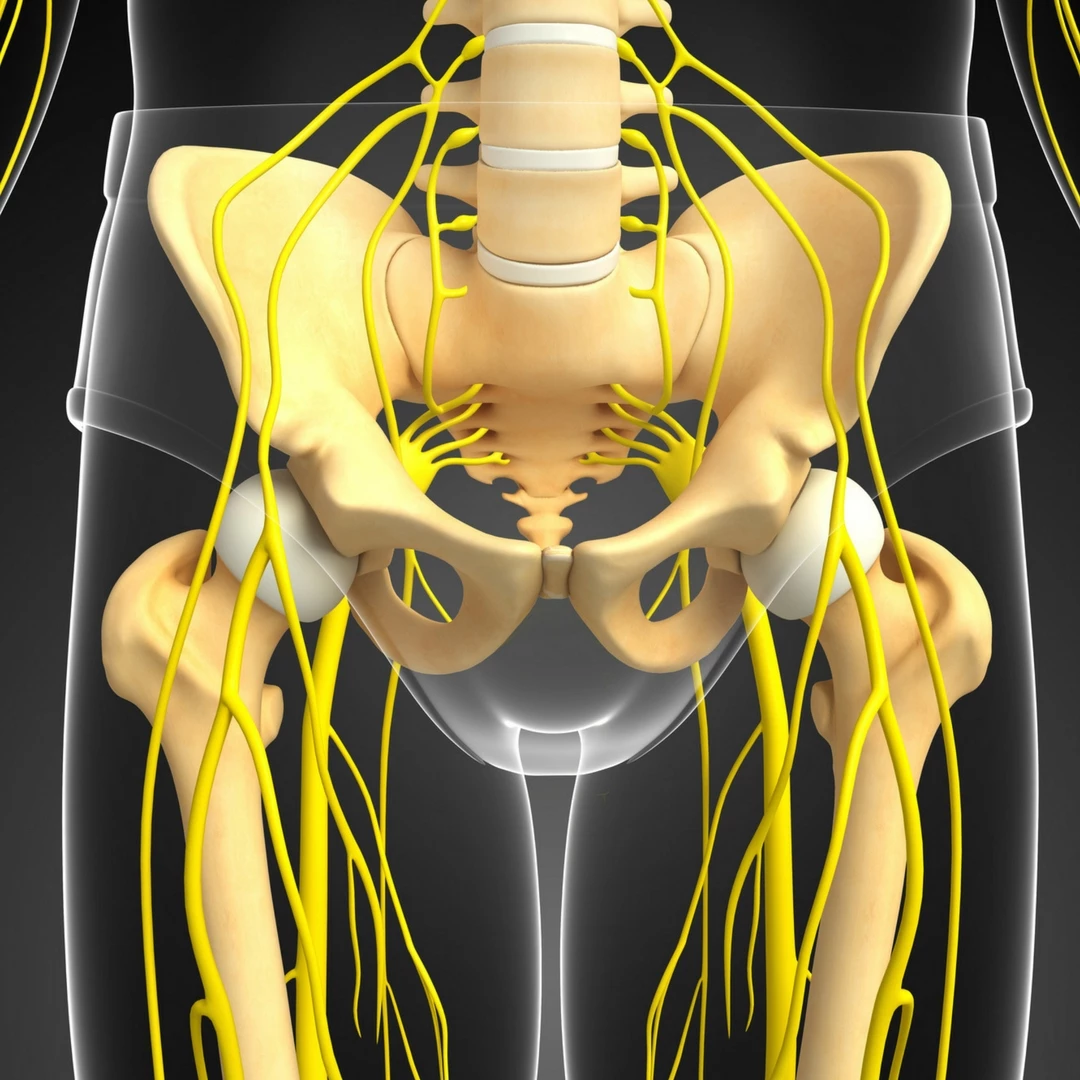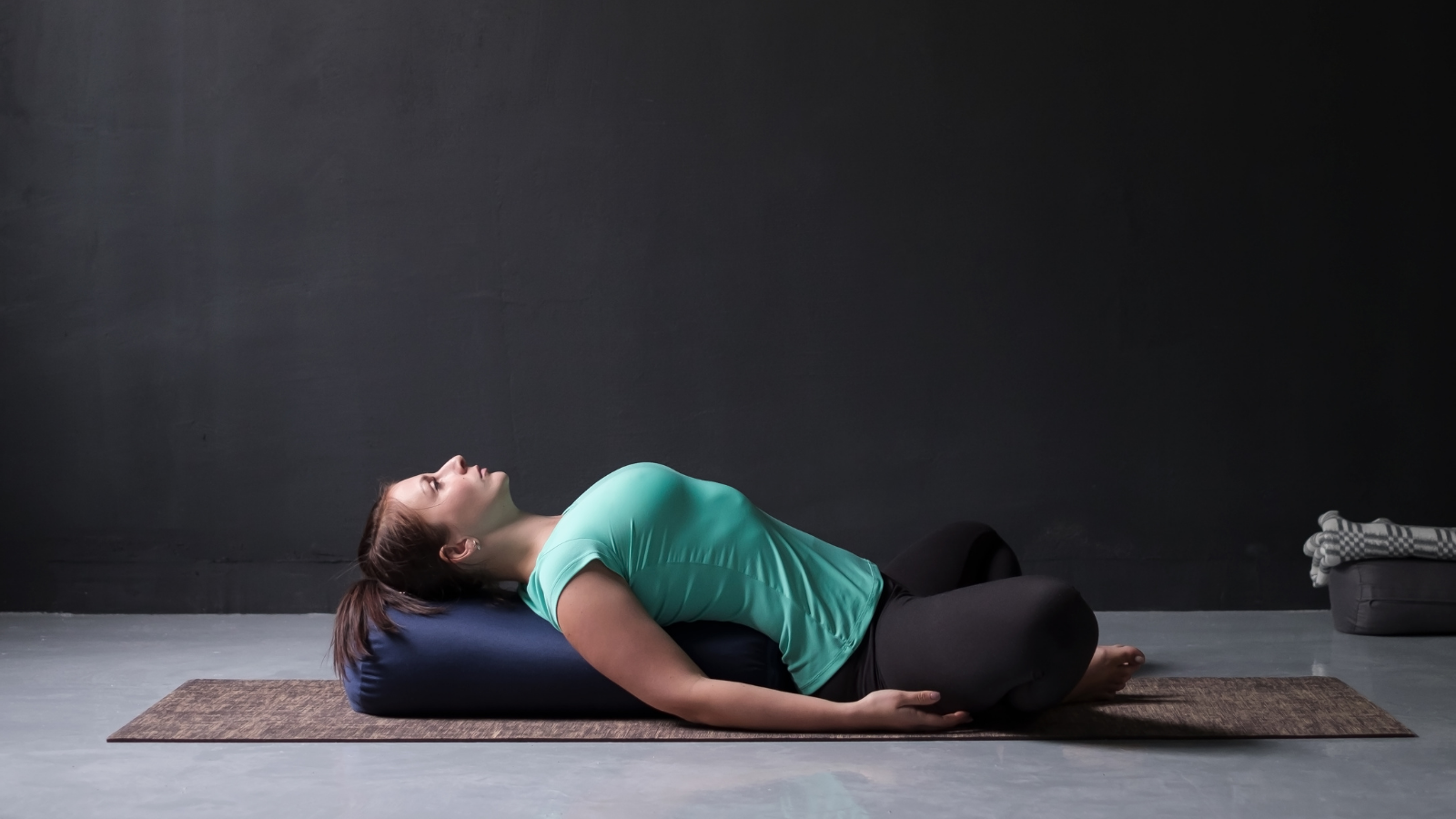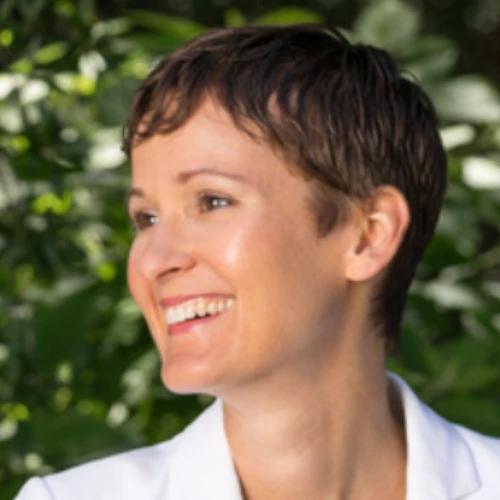“Hip Openers” in Yoga? Let’s Stop The Madness

Article At A Glance
Yoga is not always about flexibility, stretching, or moving further or deeper into any posture. Yoga is a way of living that encourages moderation, mindful movement, and thinking. This article discusses yoga for healthy hips and principles for a safe practice.
Our knowledge of addressing, preserving, and attending to the hip joint has exploded during the past decade.
Prior to this new age of research, the hip was relegated to a joint worthy of no more than a tendonitis, bursitis, or osteoarthritis diagnosis. A person was simply a hip replacement candidate or not. There was no other option once a hip joint had prematurely degenerated. Now, that has all changed, thanks to technological advances in diagnostic testing and investigation.
 Unfortunately, while the world of hip preservation and rehabilitation is rapidly developing, the world of yoga and knowledge of hip health and safety have yet to join hands.
Unfortunately, while the world of hip preservation and rehabilitation is rapidly developing, the world of yoga and knowledge of hip health and safety have yet to join hands.
Many of my patients and colleagues have suffered from unnecessary hip injuries, from labral tears, all types of impingement, and compounding secondary diagnoses such as torn hamstrings, sports hernias, gluteal tendinopathy, to pelvic pain, all due to yoga practice.
Some suffered injuries in a yoga class during a single traumatic injury, and some injuries were drawn out over years of accumulated microinjury to capsuloligamentous, bony, or cartilaginous structures.
Diagnosing hip labral injuries has vastly increased over the last ten years, perhaps making hip labral injuries the newest orthopedic diagnosis of the 21st century. This discovery also makes surgical and conservative management of hip labral injury uncharted territory.
Conservative therapy includes nonsurgical and post-surgical rehabilitation, and since the average time from injury to diagnosis is 2.5 years, there are many people with hip, pelvic, back, or sacroiliac joint pain that have undiagnosed hip labral tears.
All of this means that yoga practice must evolve to better suit (and preserve) the hip joint.
Safe Yoga Practice Must Evolve: No More “Hip Openers,” Please
I should make myself quite clear, however. I am not out to demonize yoga or fearmonger the practice of yoga or how it may wreck a person’s body (to use recently controversial language).
My purpose is two-fold: (1) To clarify “what” and “how” yoga can be a safe, effective form of physical therapy and rehabilitation for the hip and pelvis, and (2) to underscore the areas where yoga posture practice should be evolved to prevent injury. Of course, I cannot do that in a single blog post.
However, I have many resources, including an ongoing blog, combined with teaching coursework in hip labral rehab and injury prevention, which continue to work to meet these goals. Yoga can and should be a safe practice for anyone to use.
My first request would be that we please strike the phrase “Hip Opener” from our yoga vocabulary. It is not helpful to that many people to think they only need to “stretch out a tight hip” when they have bony and structural idiosyncrasies that prevent them from ever moving into certain yoga postures. Sure, soft tissue structures can inhibit the hip range of motion, but rarely is it helpful to put the bony parts of the hip in vulnerable end ranges.
We aren’t going to force or bully the tissue to deform under these kinds of extreme tensile loads, and 99% of the time, the average person (unless you are an elite athlete) isn’t going to be able to stabilize yoga postures in end ranges of motion. Typically, the capsule, ligaments, and cartilage will bear the load, including the bony structures, and they have a finite shelf life for handling that kind of adverse stress.
Additionally, using the tired phrase “hip opener” suggests the pursuit of an end range of motion—moving further, “stretching” deeper, and/or using yoga postures for the sake of increasing hip range of motion and flexibility. This is a dangerous concept to present to the general public and misrepresents yoga’s essence.
Yoga is not about flexibility, stretching, or moving further or deeper into any posture. Yoga is about a way of living that encourages moderation and mindful movement and thinking. All the “hip opening” in the world is not going to foster enlightenment, especially if the “yoga” that is being practiced is only focused on some orthopedic or fitness end goal.
Yoga is not a Cure-All: Understand Limitations
My second request would be that we reconsider using the phrase “yoga for ________(fill in the blank with whatever pathophysiology or health problem you want to address).”
This phrase pigeonholes yoga as a panacea for anything and everything. Using this phrase inherently marginalizes yoga’s full meaning, divorcing it from its philosophy and a real capacity for healing and well-being.
Additionally, it can lead people to believe that their yoga teacher can “cure” or address a problem simply through a drop-in yoga class setting, which is misleading and inaccurate. A yoga class may help a person with depression or low back pain, but it is not a panacea or a substitute for comprehensive medical care.
Yoga instructors are not medical professionals, so don’t saddle them with the burden of trying to be one. Only a licensed medical professional, in this case, an orthopedic physical therapist or orthopedic surgeon, can properly and thoroughly screen and evaluate hips for structural deformities or problems. Your yoga teacher is not your health care provider, nor is he or she trained or licensed to be one, unless they have separate medical licensing.

Help your yoga teachers do their job well by avoiding the end range of motion in any pose. And to yoga teachers: help yourselves tremendously by no longer using the phrase or practicing “hip opening” in classes without additional training in knowing how to screen for red-flag hip problems.
To the yoga enthusiast: yoga is far more than a way to treat a problem. Yoga is about the prevention of impairment and the promotion of health across the lifespan. Yoga is about fostering mindfulness and well-being through all circumstances and finding your sense of calm and equanimity, even in chaotic times.
Yes, yoga can sometimes “fix” broken things, like hearts and hips; however, if you are seeking yoga as medicine, find a healthcare provider who is well-versed in both yoga and medicine.
Another tip for yoga instructors in safeguarding their students is to not focus on the end range of motion (“full” expression of a yoga posture like Virabhadrasana II, Trikonasana, Vajrasana, or Parsvakonasana, for example) in your class. Moderation in all ranges of motion for the hip, which means avoiding end range in all planes of motion, unless you are a licensed health care professional who has evaluated the hip joint(s), is the safest course of action when instructing yoga.
Lastly, yoga teachers avoid adjusting anyone’s hip in a pose, which also means not forcing the knee or spine into an end range. This will safeguard both you as a yoga teacher and a yoga student.
Reprinted with permission from www.gingergarner.com
 Dr. Ginger Garner PT, DPT, ATC, PYT
Dr. Ginger Garner PT, DPT, ATC, PYT
Ginger is a longtime physical therapist, athletic trainer, and professional yoga therapist. She received her Doctor of Physical Therapy from The University of North Carolina at Chapel Hill and is the founder and executive director of Professional Yoga Therapy Institute, an international post-graduate program for licensed medical professionals, which celebrates its 16th anniversary in 2016. Ginger serves as a consultant to and adjunct faculty for medical schools in the US and Canada who use her yoga curriculum and methodology. She is a faculty instructor at Herman and Wallace Pelvic Rehabilitation Institute and Medbridge Education. Ginger maintains an international teaching and lecture schedule.
Ginger’s multimedia platform textbook, Medical Therapeutic Yoga, will be published in the summer of 2016. She is currently pursuing research at UNC on MTBI, PTSD, and yoga methodology. Ginger’s clinical practice, Crystal Coast Integrative Medicine, focuses on pelvic, orthopaedic, and women’s healthcare. Ginger is a mother of three, which drives her advocacy work for partnership-based education, integrated medical care, and egalitarian economics.


